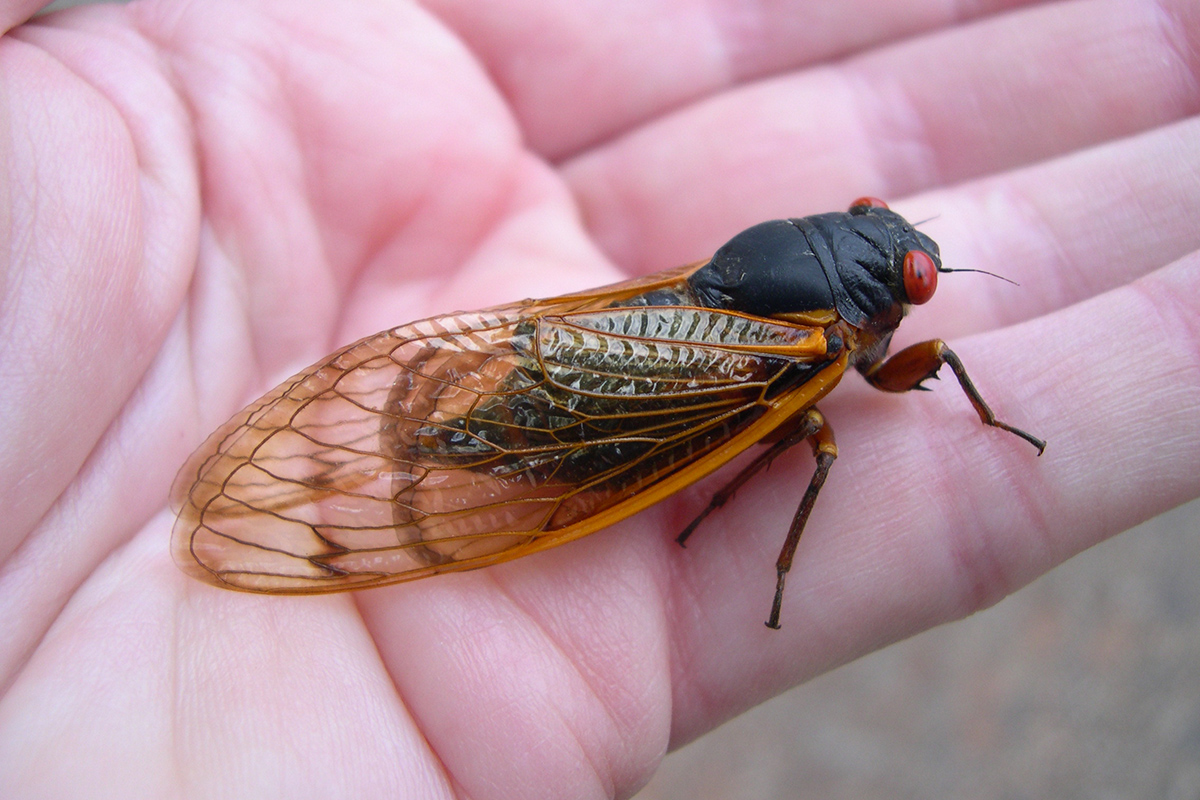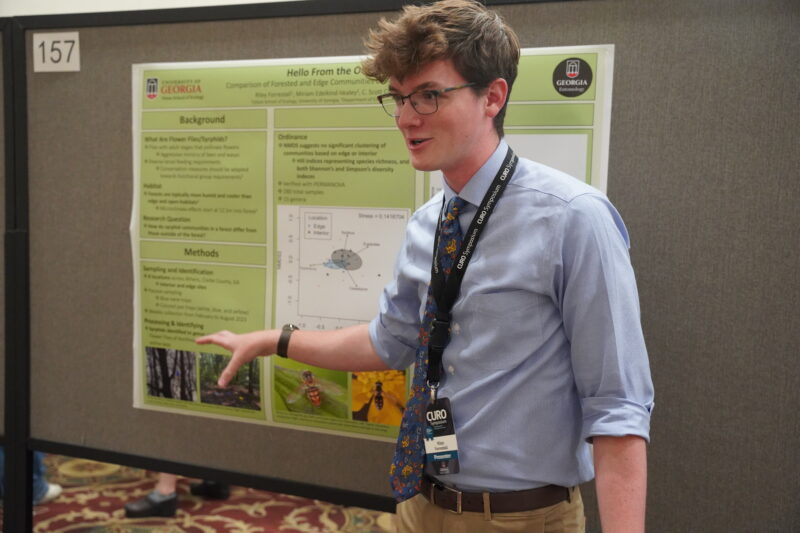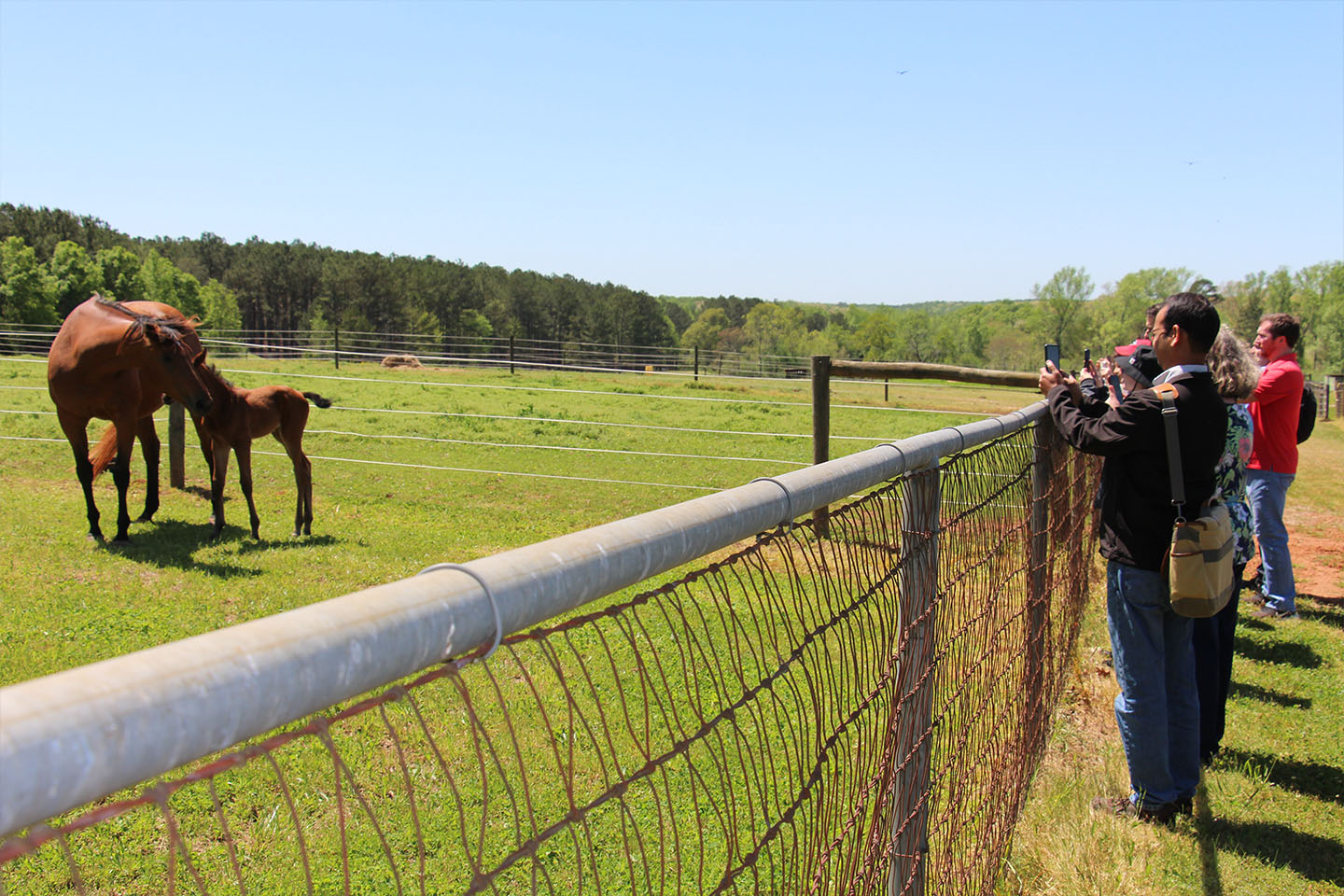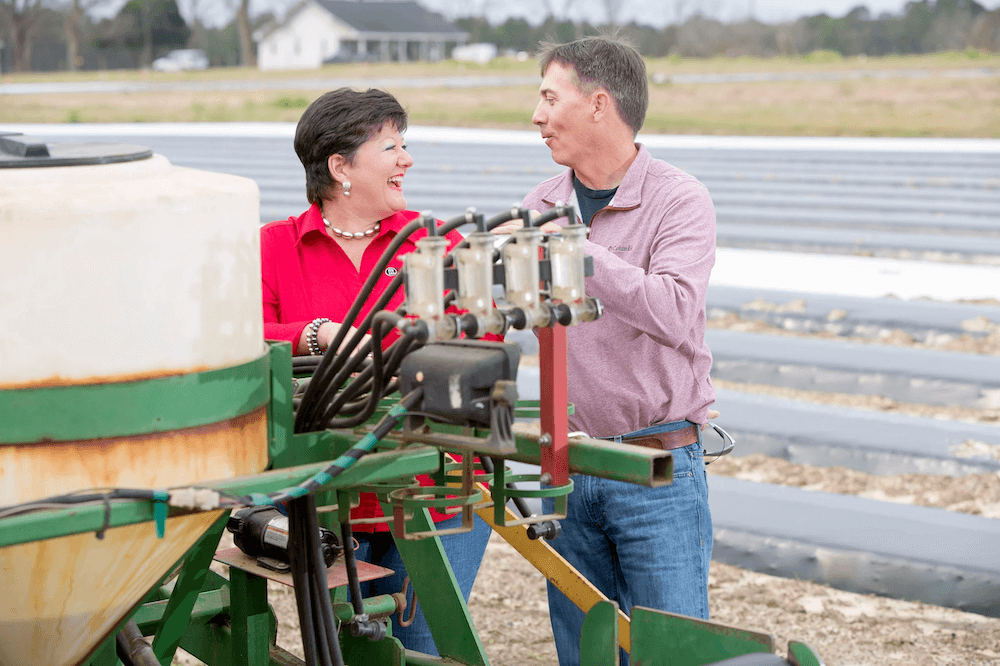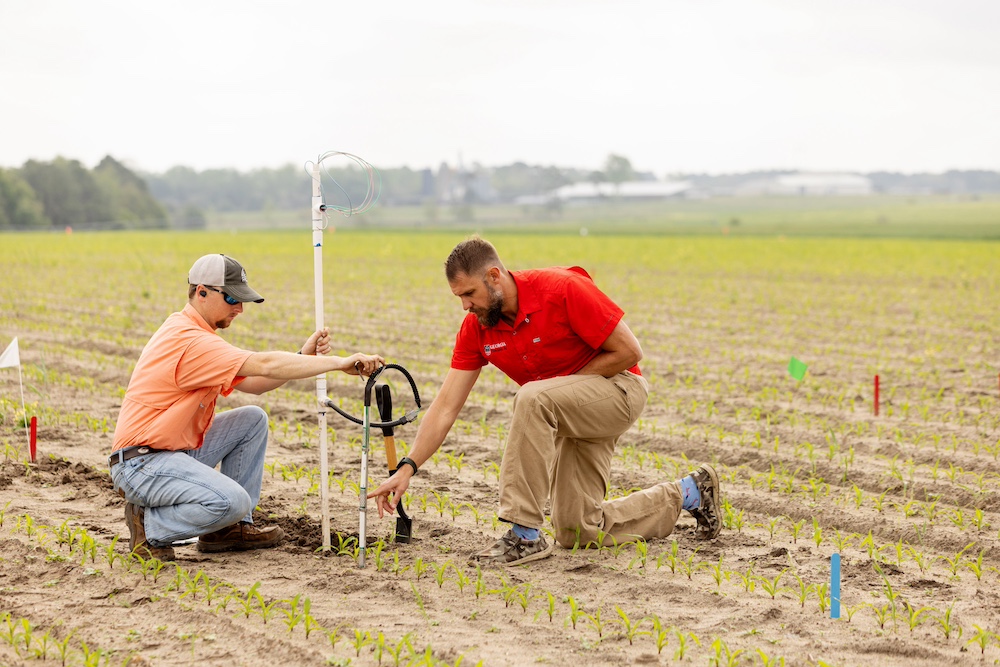In the late-winter chill in south Georgia, many of this spring's tender young plants were nestled in the warm embrace of greenhouses.
"Greenhouses provide a protected, warm place for farmers to get a strong, early start on their crops," said Danny Gay, a plant pathologist with the University of Georgia Extension Service.
Commercial farmers and home gardeners alike depend on greenhouse producers to supply young plants for transplanting into fields or garden plots. Cabbage, peppers, tomatoes, watermelons and cantaloupes may be transplanted crops.
"Producers who provide greenhouse space to start those crops off," Gay said, "work hard to make sure the young plants stay healthy."
Of the transplant crops, south Georgia is best known for its melons. In 1995, Georgia farmers grew almost 9 million pounds of watermelons and cantaloupes, nearly all of them started in greenhouses.
Many home gardeners count on greenhouses, too, for early tomato and pepper plants.
But greenhouses can be as hazardous as they are protective, Gay said. The problem is that the best conditions for growing healthy seedlings are also perfect for plant diseases.
"Pathogens include disease-causing bacteria, fungi or viruses," Gay said. Many of these pathogens can virtually destroy an entire crop.
Greenhouse producers start protecting their fragile crops even before planting by buying certified disease-free seed.
The Georgia Department of Agriculture certifies seeds and transplants based on laboratory examination and inspection of growing sites.
Once seed is selected, greenhouse growers sterilize or sanitize every surface in the greenhouse. That includes walls, tables and ceilings.
Each planting tray, if it's not new, gets the same treatment to kill any disease-causing organisms that could be present.
"Everything is either sprayed with a bleach solution or steam-sterilized," Gay said. "These plants get the best chance at starting out disease-free."
However, due to the nature of greenhouse conditions and the methods producers must use to grow transplants, Gay said, the danger still lurks.
Many disease-causing pathogens are so small and light, he said, that even a light breeze can carry them into a greenhouse and onto the seedlings in it.
Greenhouse operators carefully water the tender young plants with fine water sprayers and then run fans to dry the foliage. If plants stay wet for 12- 14 hours, Gay said, the chances of a disease outbreak increase dramatically.
"It's exactly the moisture and temperature combination these pathogens thrive in," he said.
In other, less humid areas, greenhouse growers can open doors or vents to circulate air over the plants to dry the foliage fairly quickly. In Georgia, though, humid outside air may bring in the deadly organisms that cause the damage the grower was trying to prevent.
Greenhouse operators try to keep diseases from taking hold by applying protective fungicides to the young transplants. Frequent, thorough inspections tell the grower if a disease is present.
"I know no greenhouse operator in Georgia would knowingly sell diseased transplants," Gay said. "Some of these diseases are 100 percent destructive."
Commercial farmers and home gardeners do have a way to know if their transplants are disease-free. Just look for a label that indicates the transplants are certified by the Department of Agriculture as disease-free.
But Gay said transplants aren't required to be certified.
"Farmers and gardeners usually rely heavily on cultural control of viruses, fungi or bacteria, no matter what their transplant source," he said.
Even certified disease-free transplants could be infected by pathogens carried on the wind just after planting.
Gay cautions growers to use disease-control practices from the first day they transplant seedlings.
The county Extension office has more information about controlling diseases in transplanted crops.
"In this instance, prevention is not only much more effective than control," Gay said, "it's much less expensive, especially when growers consider that the entire crop could be destroyed by these pathogens."

